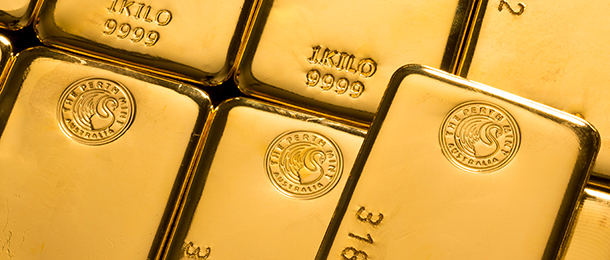SMSF investors locked out of alternative investments accessible only to institutional investors can invest in gold, which offers similar returns in low interest rate environments, according to the Perth Mint.
Perth Mint senior investment manager Jordan Eliseo said the range of alternative investments was usually smaller for retail investors, but investments in gold could be made via an Australian Securities Exchange-listed gold exchange-traded fund (ETF) labelled PMGOLD at, currently, around $22 per unit. This represented a 1/100th of a troy ounce of gold, which is held on reserve by the mint, and could be converted into a physical asset if sufficient units are held by an investor.
Eliseo said investment returns for gold increased during periods of lower interest rates and the Perth Mint gold ETF had returned more than 34 per cent for the year to the end of September and around 9.5 per cent year-on-year since its inception in mid-2003.
He suggested these returns were more suited to investors seeking capital growth instead of income and had been over the longer term as cash investments lost their ability to generate returns.
“Cash has short-term stability, but over the long term, in environments such as the one we are currently in, it loses its value, particularly when inflation is taken into account,” Eliseo explained.
“We looked at figures from 1971 to 2018 for the real rate of return for cash and for gold and in the 21 years when cash rates were below 2 per cent, gold returned 13.98 per cent compared to -0.85 per cent for cash.
“Gold performs well during periods of declining interest rates and when equity markets sell off and it is a tangible, simple, low-cost asset to hold.”
The average ETF management expenses were around 50 basis points, while the Perth Mint gold ETF was 15 basis points, Elisio added.
He also pointed out most commodity investments were based on resources that were made and consumed, but this was not the case with gold.
“Gold is produced and traded, but it is never gone. Three thousand tons are produced each year across the world and about 190,000 tons are held in static stock, so the increase is about 1.5 per cent each year, but gold remains a demand-driven asset, which also sets it apart from other investments,” Eliseo noted.
“Gold has retained its presence and use over the centuries as an investment and that is not going to change in the next decade.”


